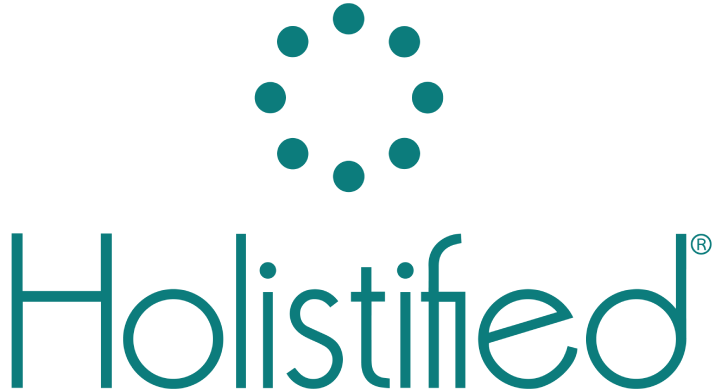
How Reframing Could Have Helped Laura Achieve Success
Written By: Amaal Ghadieh
About the Author:

It’s a well-known fact that our thoughts create our feelings, which in turn lead to our behaviors and actions, ultimately determining the outcomes we experience. If we want to change our outcomes, then we need to start by changing our thinking patterns from the very beginning. One effective method for changing our thinking patterns is through reframing, a technique widely used in Cognitive Behavioral Therapies and Neurolinguistic Programming (NLP).
As an expert in NLP, I’ll be sharing some ways to reframe your thoughts and thinking patterns in this article. NLP has a presupposition that “the map is not the territory,” which means that our perception of the world doesn’t always match reality. Our model of the world could be limited or incomplete, much like looking at a picture of a pizza versus actually eating a slice of pizza.
So what is reframing? In simple terms, it’s the process of changing the way we view and interpret our experiences by changing the content and context in which we see them. Reframing can help us gain a new perspective on a situation, which can lead to completely different responses, behaviors, and ultimately outcomes.

Let’s consider an example: Laura has launched a new product, and despite investing time, resources, and energy into marketing it, her efforts have failed. As a result, she started engaging in negative self-talk, which led to negative emotions like anger, frustration, and disappointment. Ultimately, she made an unwise decision to quit her product.
But what if Laura had learned about reframing before launching her marketing strategy? If she had, her self-talk could have been, “I have a great product, but my marketing strategy has failed. This is a good opportunity for me to learn new strategies and explore different options.” This positive self-talk would have led to excitement and motivation to explore new ways to change her marketing strategy and achieve better results.
How many of us have been in Laura’s shoes, feeling angry and frustrated right from the start? Reframing can help us avoid these negative emotions by changing our self-talk and ultimately our outcomes.
Here are two ways to reframe our thinking:
1. Reframe the context – this could be the location, time, space, age, resources, or consequences. For example, “I’m not smart enough to do this” could be reframed as, “I may not understand this yet, but I am capable of learning and improving. With hard work and perseverance, I can make progress and achieve my goals.”
2. Reframe the content – this is the meaning of the thought. For example, “I’m a terrible public speaker” could be reframed as, “Public speaking can be challenging, but with constant practice and preparation, I can improve my skills and feel more confident when I speak in front of others.”
Reframing is an incredibly powerful tool that can help us manage difficult emotions, challenge negative thoughts and thinking patterns, and create a more positive attitude.
So the next time you face a difficult situation, take a deep breath, relax, and try reframing your response instead of reacting, to avoid unpleasant outcomes.
If you are interested about Cognitive Behavioral Therapies and Neurolinguistic Programming (NLP) sessions, go to Amaal Ghadieh.




